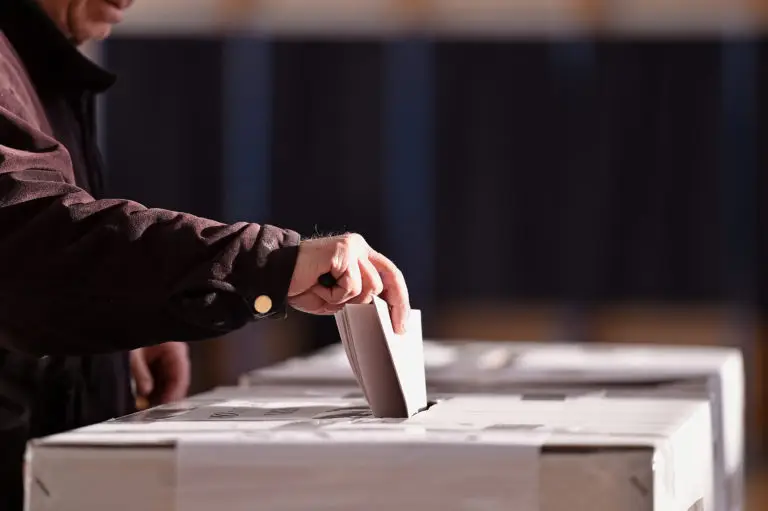The 2024 General Election will bring lots of new faces to the Commons. Almost 90 MPs are retiring; others have been purged by their parties, or squeezed out by the new boundaries; but the biggest influx will result from the huge swing in public opinion since 2019. A Starmer majority of 50, say, would mean 150 new Labour MPs; a majority of 100 would entail 175 new Labour members. Along with perhaps 20 new Liberal Democrats, it’s possible 250 of our MPs will be newcomers.
Expect big changes inside the parties too. Almost any new Labour MP will be on the right of the party, a leadership loyalist. Starmer’s lieutenants have been ruthless, as never before, in purging the Left. Only about six Labour candidates can be placed on the Left, and knowing they’ll probably be blocked, many left-wingers have given up even trying for seats. Those excluded include close allies of Angela Rayner: indeed, I don’t think Rayner herself would have been selected under the Starmer regime.
Remarkably, we may see a slight move to the centre among Conservative MPs too. Almost all the 2019 ‘Red Wall’ Tories will lose their seats, while the new Conservative candidates do not seem especially right wing. Those in winnable seats include several Remainers, such as Charlie Davis in Eltham, who wanted a second referendum; and George Osborne’s former chief-of-staff, Rupert Harrison. Mirroring developments in Labour, the Tory right accuse Conservative HQ and Downing Street of fixing selections against them.
The number of women MPs will rise further. Around 45% of Labour candidates are female, but only 29% of Conservatives – and only about 25% of Tories in winnable seats. Around 15% of candidates in both parties are black and Asian, just below the proportion in the population. Hardly any candidates are working class – perhaps ten Labour, and one or two others.
Most remarkable is that a member of the Labour NEC revealed last month that almost a quarter of the party’s new candidates are LGBT+ – and gay contenders have done will in Tory selections too. If there’s a big Labour majority the number of LGBT+ MPs could rise from around 65 now to a hundred or more.
But the overwhelming feature in all parties is that almost all candidates are local, in line with trends over the past 30 years. In many local parties it’s almost impossible to get picked without strong local credentials. And around two-thirds of candidates in each main party are, or have been, councillors – that may help explain the trend towards centrist politics, since councillors often understand the limits of power and tend not to be passionate idealists.
The Class of 2024/25 will see a dozen or so former Labour MPs return to the Commons, including former Transport Secretary Douglas Alexander, and former shadow cabinet members Emma Reynolds, Heidi Alexander and (probably) Mary Creagh.
But there are few big stars from outside politics. Comedian Eddie Izzard was rejected in his two attempts, while prominent journalists Paul Mason (Labour), Seb Payne (Conservative) and John Sweeney (Lib Dem), have also failed so far.
Apart from Rupert Harrison, Conservative high-fliers include Theresa May’s former adviser Nick Timothy; and Boris Johnson’s former deputy chief of-staff Katie Lam. A Labour man to watch is Hamish Falconer, son of Charlie, whose CV includes Yale and the Foreign Office.
Lib Dems set to shine are Josh Barbarinde, a young working-class black man in Eastbourne whose opponent, Tory MP Caroline Ansell, used to teach him at the local school; and Paul Kohler in Wimbledon who entered politics after he almost died in a much-publicised violent burglary.
But perhaps the most interesting Lib Dem is Roz Savage in South Cotswolds, one of several candidates with impressive sporting achievements. Savage’s four Guinness records include being the only woman to row solo across the three big oceans – the Atlantic, Indian, and Pacific.




